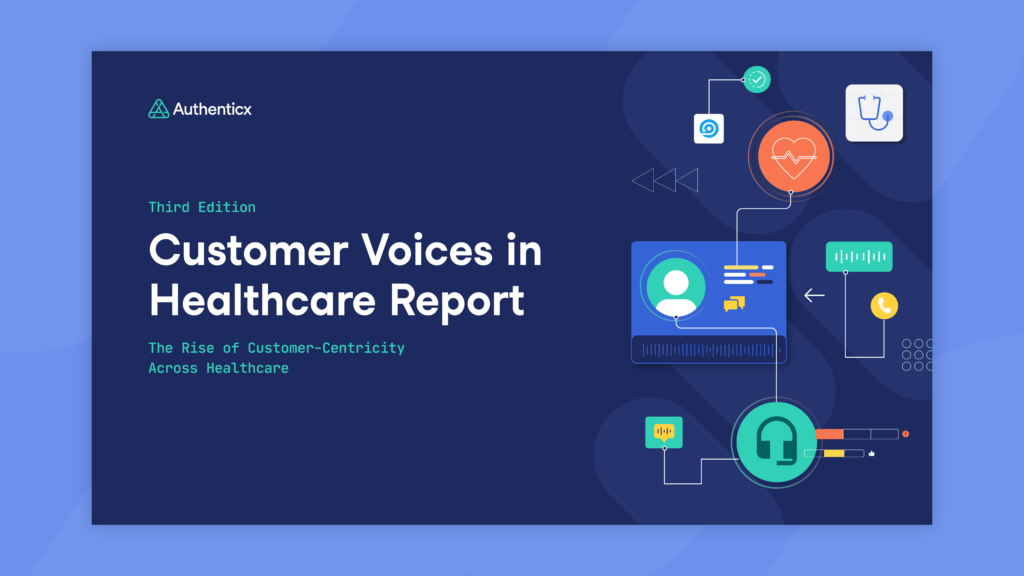
Healthcare prices in the U.S. are rising.
For context, in 2000, healthcare expenditures in the U.S. were estimated to be $1.4 trillion. In 2020, that number tripled to $4.1 trillion, according to the Centers for Medicare & Medicaid Services (CMS). And this year, 2022, is projected to see health spending grow another 4.6%. As a result, many American families face higher out-of-pocket healthcare costs to meet the rising cost demand facing the industry. A Gallup poll reported over a quarter (26%) of adults delayed or avoided medical care or prescription drugs in the last six months due to high costs.
In recent years, as a response to the rising costs of healthcare, there has been a regulatory movement to empower consumers with more information so they can make better informed decisions on behalf of their (and their family’s) health. This has emerged in two different regulatory acts from the CMS for hospital and insurer price transparency rules. These rulings have been, in part, a response against the unexpected price shock expressed by consumers after receiving a final bill of services.
What are the Healthcare Price Transparency Rules?
The Transparency in Coverage Final Rule and Hospital Price Transparency Rule, issued by the CMS, require health insurers and hospitals to disclose pricing for covered services and items. Rules vary, but both ask for clear, accessible pricing information for consumers. The expectation is this information should provide consumers with a more accurate cost estimate and understanding on what is and is not covered by their health insurance plan.
These rules support the customer-centric shift being implemented across healthcare, however, there’s been a slow adoption rate in rule implementation. Part of that can be attributed to the vast amount of data involved. As previously shared, organizing healthcare data is a monumental challenge, but there are other strategic approaches being made by HMOs and insurance payers to improve customer experience across healthcare. Consider how the following strategies are also being leveraged to improve customer experience, alongside the recent healthcare price transparency rulings:
4 Improvements to Healthcare Customer Experience
Prioritize a Customer-Centric Approach
Considering a customer-centric approach has been a recent driver of change in healthcare. This is being seen with the development of self-service tools and platforms that empower customers to make more informed decisions for their health. Prioritizing accessibility and education helps establish trust with the organization and process.
Gather Feedback by Listening at Scale
Conversations hold a wealth of valuable data that offers feedback on how customers are connecting with your brand. Organizations have invested in tools (such as artificial intelligence and machine learning) to listen at scale in order to identify and address places of friction to better inform, equip, and educate their customers.
Identify Opportunities to Alleviate Social Determinants of Health (SDOH)
There’s an increasing trend of patients making the choice to skip or delay treatment, in large part due to the costs associated with the appointment or medicine. And that’s impacting our health and well-being, according to a report from PwC. As a whole, we are less active, have poorer nutrition habits, and face an increased risk of substance abuse. Organizations have an opportunity to better understand, and in turn address, these social health (SDOH) factors with strategic consumer education programs, estimator tools, or answering frequently asked questions.
Gain Visibility into Operations Performance
Tapping into new sources of data provide insight into previously unknown blind spots. Healthcare payers, health systems, policy makers, and researchers regularly access and analyze data to identify cost drivers and make informed health care purchasing and policy decisions. This has more recently expanded into data insights that provide QA metrics, auto-scoring, and agent coaching feedback. This helps hone operational efficiencies and provide direction on how best to improve customer outcomes and enhance the digital, self-service experience.
Tell me more about how Authenticx works with insurance and HMO leaders
Insurance and HMO leaders need to feel confident they are providing a positive member experience. This includes having a comprehensive view in monitoring program launches, assessing quality scores, and diagnosing areas of friction. Authenticx was founded to surface meaningful insights from unstructured data. We help leaders strategically invest to optimize their quality assurance metrics to improve member experience and operational effectiveness. Our platform provides automated evaluations that review audio and metadata obtained from IVR systems. With configurable options, our solution offers a healthcare-specific approach to member experience.

Download the Report
Download the Customer Voices in Healthcare Report: The Rise of Customer Centricity Across Healthcare.
About Authenticx
Authenticx was founded to analyze and activate customer interaction data at scale. Why? We wanted to reveal transformational opportunities in healthcare. We are on a mission to help humans understand humans. With a combined 100+ years of leadership experience in pharma, payer, and healthcare organizations, we know first-hand the challenges and opportunities that our clients face because we’ve been in your shoes.
Want to learn more? Contact us!
Or connect with us on social! LinkedIn | Facebook | Twitter | Instagram | YouTube


